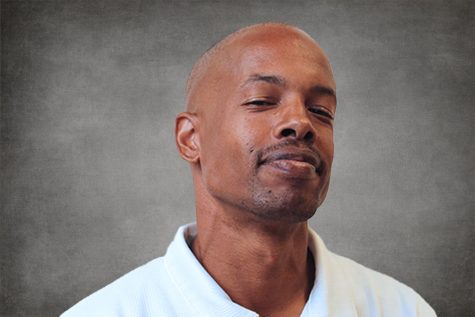Female leaders shape community
Research shows female leaders trending in higher education
May 17, 2015
The antiquated phrase, “It’s a man’s world,” in many ways has run its course in American society as more women collect beneath the shattered, bulging ever-present glass ceiling that hopelessly works to thwart them from earning higher achievement.
A report on Gender and Development by the World Bank Development Research group and the Poverty Reduction and Economic Management Network outlines an interesting fact about gender equality. Societies that under-invest in women pay a price for it in terms of slower growth and lower income for all.
Since 1988 the number of women in post baccalaureate studies have steadily outpaced the number of men. According to a Yale University study, women account for 60 percent of the annual university graduates and hold an equal percent of the master’s degrees and 52 percent of doctorate degrees.
These numbers are reflected on campus at Contra Costa College, both through its majority female student body or in administrative numbers that show women outnumbering men in professional positions, tenured or temporary.
“It’s important to see women in leadership positions since the trend is leaning toward more women in higher education,” college Personal Development Coordinator Sandra Everhart said. “They provide a good source of role models and also offer young women career, personal and professional goals.”
According to public information from the California Community Colleges Chancellor’s Office, women professors tenured or on a tenure track at CCC outnumber their male counterparts 45-31.
Whether it be CCC Interim President Mojdeh Mehdizadeh or Dean of Student Services Vicki Ferguson, seeing women in positions of authority on campus more accurately reflects the direction society is moving all together.
“It’s absolutely important for me to be a mentor or a role model in any of the different positions of authority that I’ve held,” Ferguson said. “I try to give back what was given to me — to whom much is given much is expected.”
Aside from faculty and the student body, student government also leans female. Student Senate member Diksha Chhetri embraces the opportunity to witness women in leadership positions and uses them as an example to fuel her success.
“When I see those people I feel so proud women are doing so much to shape our community. It’s good to have strong women to look to as an example of leadership,” Chhetri said. “What they are giving us means a lot.”
Judging by the vast disparities in the professorial numbers, the shift in campus demographics have taken a gradual progression over the course of many years.
Although the face of leadership on campus now embodies the female form, the family atmosphere and overall personality of the community has lasted.
“There isn’t a different vibe here with women in leadership roles,” Everhart said. “I would like to think that the women in leadership roles carry themselves in a way that they are inclusive and sensitive to the needs of all students and faculty.”
The social science statement in Brown vs. Board of Education says integration would benefit both white and black children.
In the same way exposing students to racial differences would enhance the lives of all involved, expressing gender differences through instruction or immersion offers an opportunity to see the world through the eyes of others and in turn offer a more complete picture of actual life.
Working side by side or being instructed by women can go a long way to alleviate the spread of sexism and stereotypes that carry on through exclusion and lack of opportunity.
Attending a school with a diverse student body will help prepare anyone for life in a multicultural, multi-gendered society. With the gender gap in education on a course to correct itself, the next obstacle to tackle in the fight for equality for women is the discrepancy in pay.


